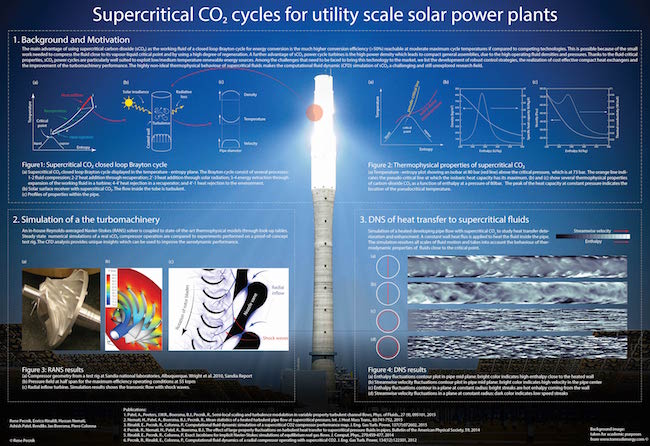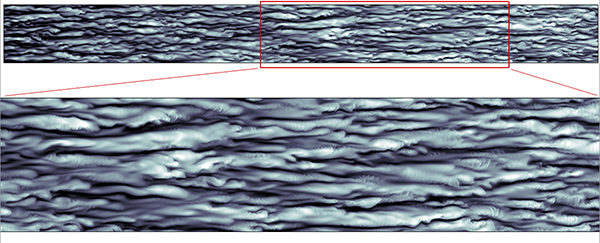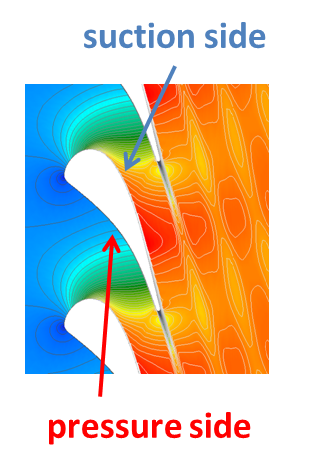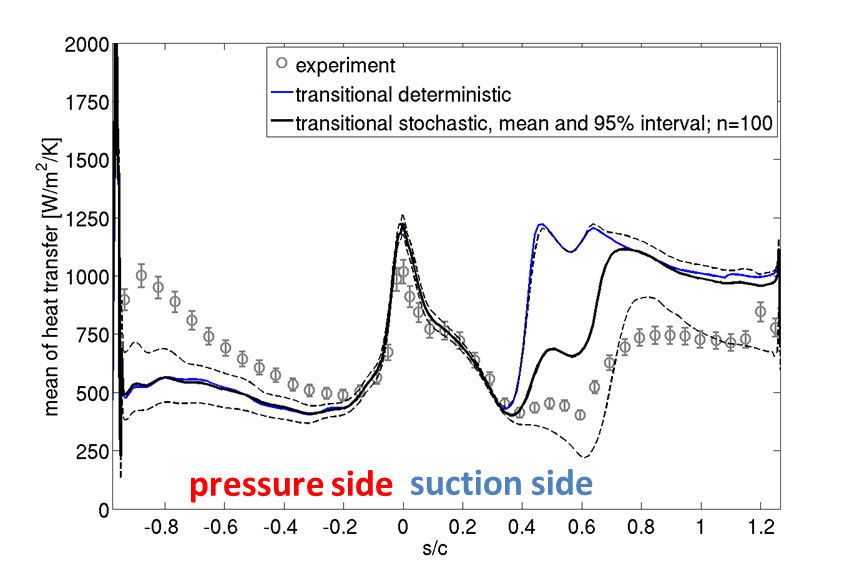Supercritical CO2 as working fluid for next-generation power plants
The benefit of using supercritical CO2 as the working fluid of a closed Brayton cycle gas turbine is widely recognized as an attractive new option for medium capacity energy conversion because of the very high efficiency reachable at moderate turbine inlet temperature and the very compact general assembly. The aim of this project is to study, model and simulate the entire supercritical CO2 system to enable this technology.

Turbulent flows with large property variations
Turbulent heat transfer characteristics of supercritical pressure fluids are quite different from those of subcritical pressure. Experimental studies showed that heat transfer to supercritical fluids can exhibit dramatic heat transfer deterioration or enhancement. These phenomena lead to the presence of local minima/maxima in heat transfer coefficients or wall temperatures along a heated surface. In nuclear reactors the prediction of wall temperature is of paramount importance to improve the safety and performance of the nuclear power plants. We perform Direct Numerical Simulation (DNS) of a heated pipe flow to study in detail the occurring mechanisms leading to heat transfer deterioration. The simulation is such, that the temperature within the flow domain incorporates the thermodynamic region where large thermophysical property variations occur.

Turbulence modeling and uncertainty quantification
The ability to accurately predict flows in engineering applications highly depends on the uncertainties associated with the simulation setup. These can be the variability in inflow conditions, flow guiding geometry or model parameters. We investigate the effect of these uncertainties on the prediction for the quantities of interest. Additionally we aim on developing turbulence models, which take into account more information from the underlying physical processes to improve their predictive capabilities.


Unsteady effects in turbomachinery
The inherent unsteadiness of turbines due to transonic and often supersonic flows require unsteady, time resolved simulations to capture phenomena which are otherwise ignored. These phenomena are shock/shock, shock wave/boundary layer and wake/boundary layer interactions that can highly affect the turbine performance. The supersonic flow inside the turbine causes inevitable shock waves, leading to losses in turbines.

